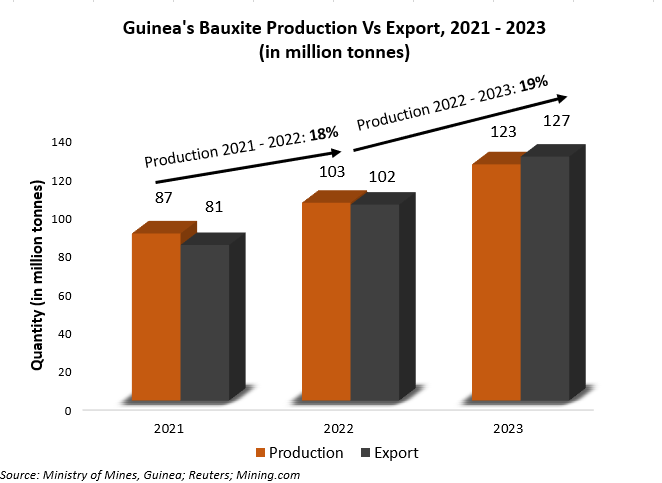[Ferro-alloys.com]China's GDP growth will be 7.6 percent this year, enabling the economy to maintain momentum into 2014, the head of the country's top economic planning authority said on Wednesday.
This compares with 7.7 percent growth in 2012 and 9.3 percent in 2011, but it is higher than the yearly target of 7.5 percent, set at the start of 2013.
But Xu Shaoshi, minister of the National Development and Reform Commission, also said that downward pressure on the economy is not to be taken lightly when China's "traditional growth model" faces challenges from a different market environment.
Reporting to a meeting of the Standing Committee of the National People's Congress, the top legislature, Xu said international and domestic economic conditions have changed.
In contrast, the Chinese economy's structural upgrading has been slow and has yet to show a fundamental improvement as expected, he said.
"The traditional comparative advantage is weakening, while it will take time for us to build a new advantage," he said.
The economy faces many problems. Service industries have still to realize their full potential, strategic emerging industries are in their infancy, and industries such as steel, cement, electrolytic aluminum, plate glass and shipbuilding have overcapacity.
Financial risks are also looming, with a hefty proportion of debt financing concentrated on public infrastructure projects that only generate low returns in the long run. There is already oversupply in the manufacturing and real estate sectors, he said.
If China fails to handle its government debt properly, "it will easily trigger systemic financial danger", Xu warned.
He made the remarks in a mid-term evaluation of the 12th Five-Year Plan (2011-15), saying that sound progress has been made overall during its implementation.
The 12th Five-Year Plan aims for average annual GDP growth of 7 percent.
Other main macroeconomic targets, such as those concerning employment, inflation and the international balance of payments, were achieved in the past three years, Xu said.
Zhu Haibin, chief economist in China at JPMorgan Chase & Co, said a proper, but not too fast, growth rate in the next two years will help the country push forward with economic reforms and to tackle structural imbalances.
GDP growth is likely to continue falling, from 7.6 percent in 2013 to 7.4 percent in 2014, with moderate domestic investment growth, he said.
Zhu said it would be consistent with the target specified in the 12th Five-Year Plan to lower the 2014 growth target to 7 percent from 7.5 percent, the lowest since 2005.
"Slower growth would send a clear signal to local governments and the market that the new leaders care more about the quality and sustainability of growth than the high rate of growth," Zhu said.
People's Daily reported on Wednesday that Beijing's municipal leaders have lowered the city's economic growth target from 8 percent in 2013 to 7.5 percent in 2014.
Analysts said this may set an example for other cities and provinces as the top leadership seeks a more sustainable and high-quality growth pattern.
"There is no doubt that policymakers are seriously concerned about the rapid debt build-up over the past five years," said Stephen Green, chief economist in China at Standard Chartered Bank. "Of most concern is corporate leverage in the heavy industrial sector, and local government debt.
"The speed of increase and apparent lack of growth dividend have made policymakers cautious about allowing leverage to rise more, although the absolute leverage levels are manageable," he said
According to Green's calculation, the debt level at the end of 2012 was about 215 percent of GDP, an increase of 65 percentage points since 2008. The debt situation will probably result in a tight monetary policy and drags on growth, he said.
Copyright © 2013 Ferro-Alloys.Com. All Rights Reserved. Without permission, any unit and individual shall not copy or reprint!
- [Editor:editor]



 Save
Save Print
Print Daily News
Daily News Research
Research Magazine
Magazine Company Database
Company Database Customized Database
Customized Database Conferences
Conferences Advertisement
Advertisement Trade
Trade















Tell Us What You Think